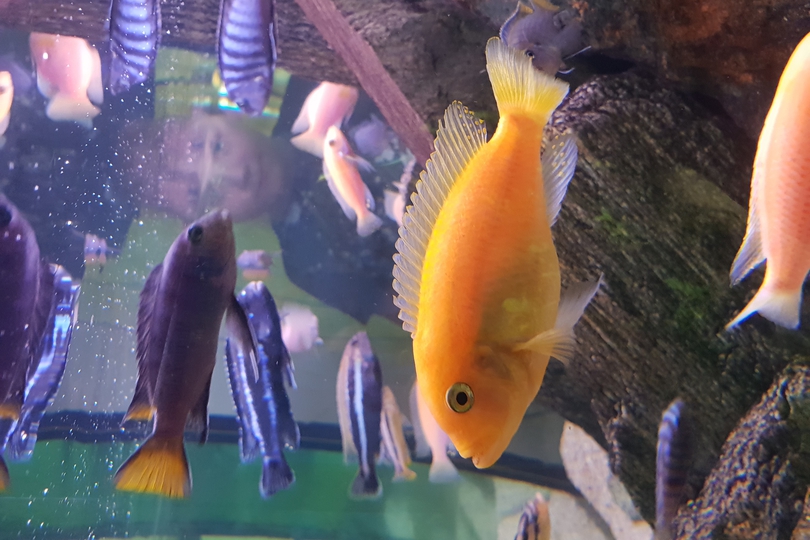

Orange Leleupi Cichlid, Dickfeldi Cichlid, Brevis Cichlid, Marlieri Cichlid, Duboisi Cichlid, Calvus Cichlid, Tretocephalus Cichlid, Gold Sexfasciatus Cichlid, Caudopunctatus Cichlid, Moorii (Kaiser II) Cichlid, Cylindricus Cichlid, Frontosa Cichlid, Albino Ornatus Cichlid, Jeweled Goby Cichlid, Gold Head Compressicep Cichlid, Gold Ocellatus Cichlid HabitatĪlbino Peacock Cichlid, Acei Cichlid, Blue Johanni Cichlid, Blue Peacock Cichlid, Bumblebee Cichlid, Cobalt Blue Zebra Cichlid, Compressiceps Cichlid, Demasoni Cichlid, Electric Blue Cichlid, Electric Yellow Cichlid, Fuelleborni Cichlid, Kenyi Cichlid, Moorei Cichlid, Peacock Cichlid, Red Peacock Cichlid, Red Zebra Cichlid, Venustus Cichlid, Yellowfin Borleyi Cichlid, Yellow Peacock Cichlid Given below is the list of cichlids classified based on their habitat.

There are at least 1650 species that have been scientifically described, making it the largest vertebrate family. One is on the upper part of the flank, and the other is along the midline, from about halfway along its length to the base of the caudal fin.īoth the African and South American cichlids have stunning colors and patterns making them popular among aquarium enthusiasts.Ĭichlids belong to the family Cichlidae in the order Cichliformes. The lateral line organ is divided into two parts.There is no bony shelf below the outer edge of the eye socket.A single nostril for each side of the forehead rather than two.They’re usually similar to the North American Sunfish in morphology, behavior, and ecology.īelow are some features that distinguish them from other fish species: Cichlids tend to be quite diverse in their body shape, ranging from strongly laterally compressed bodies to cylindrical and highly elongated ones.Ĭichlids usually range from medium to large sizes, are oval-shaped, and are slightly laterally compressed.


 0 kommentar(er)
0 kommentar(er)
